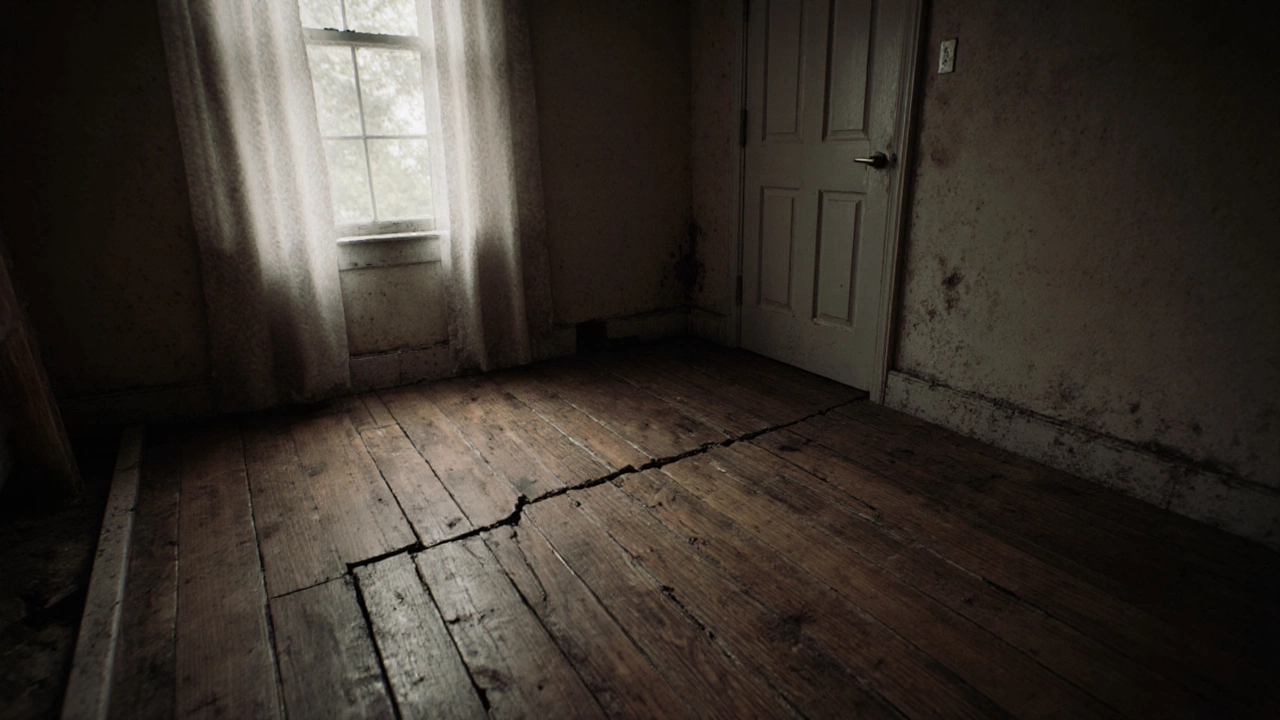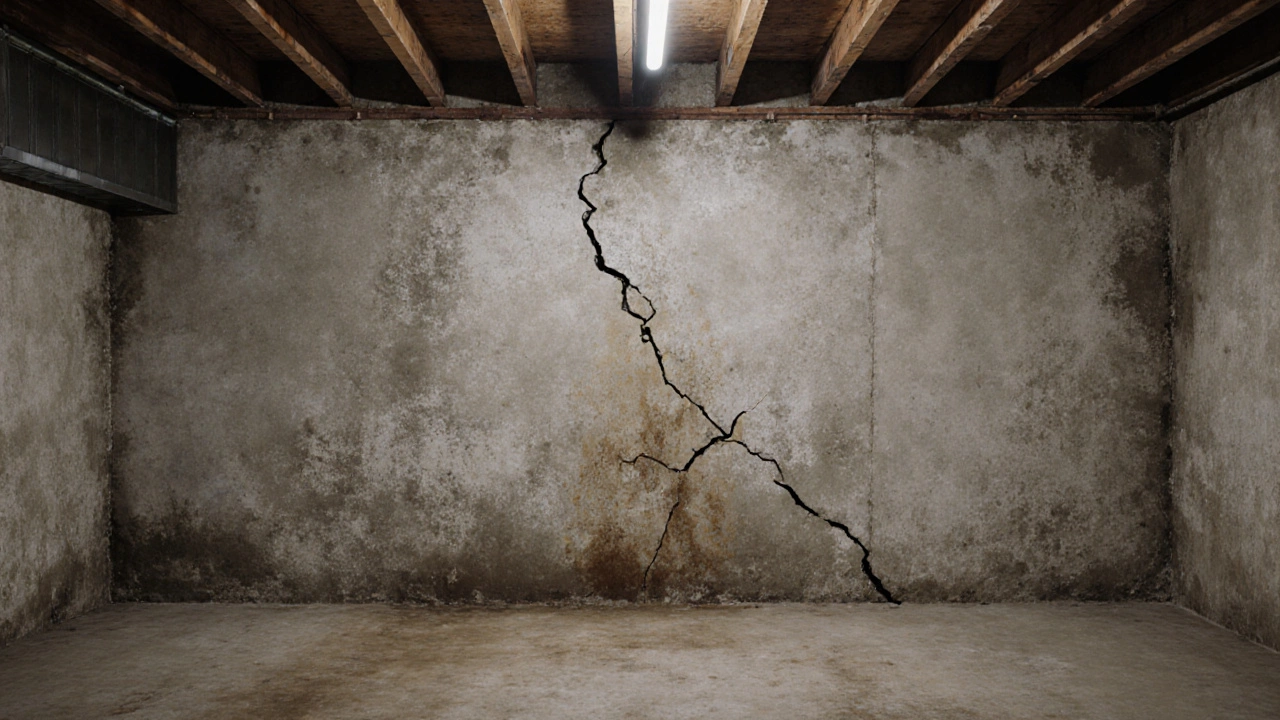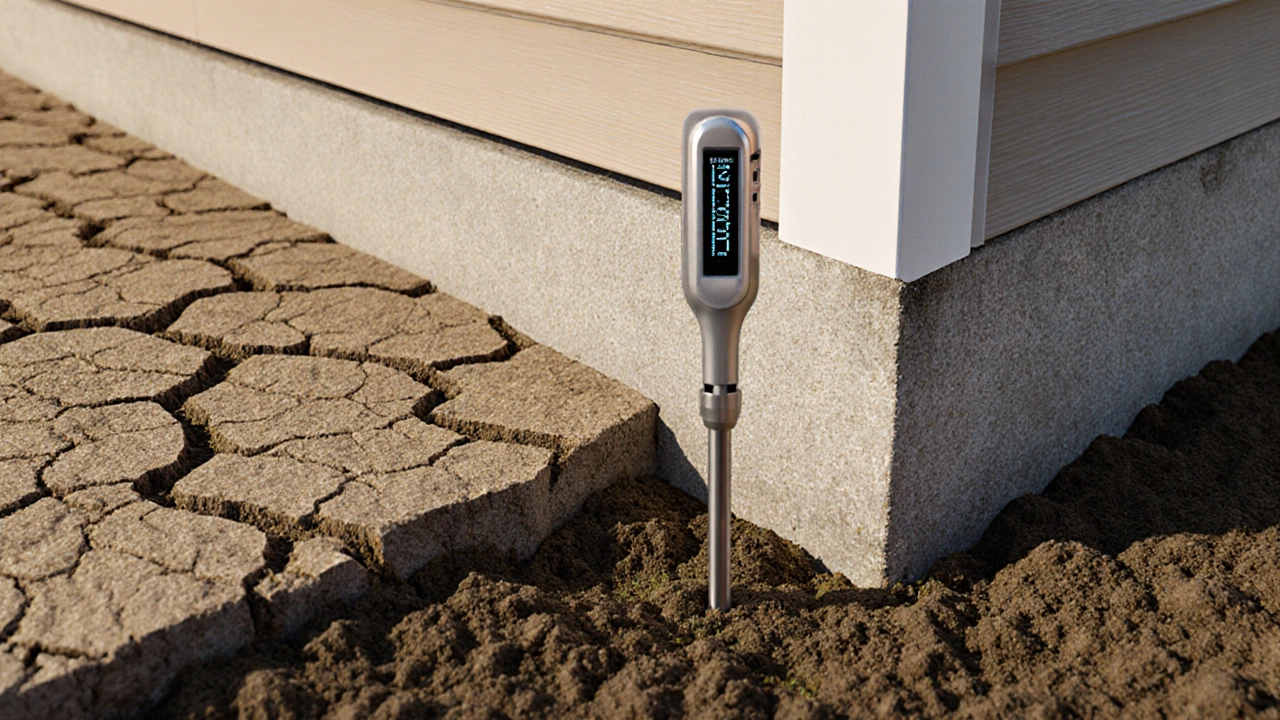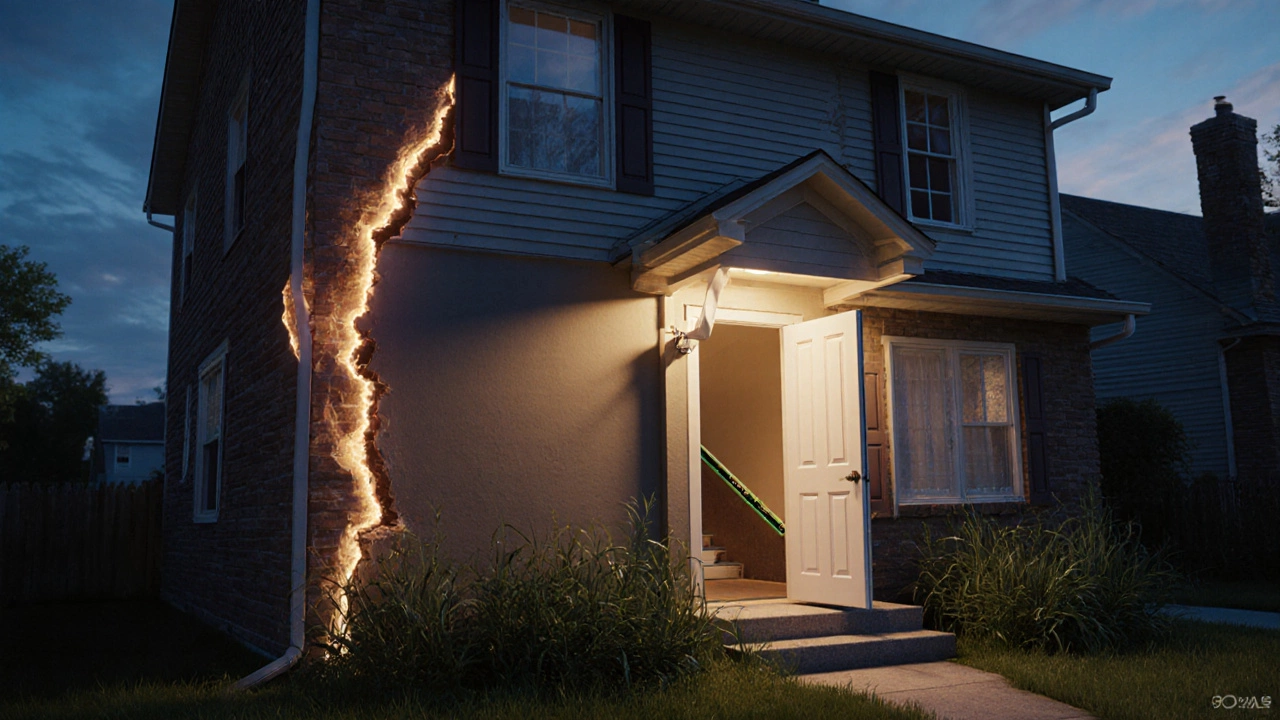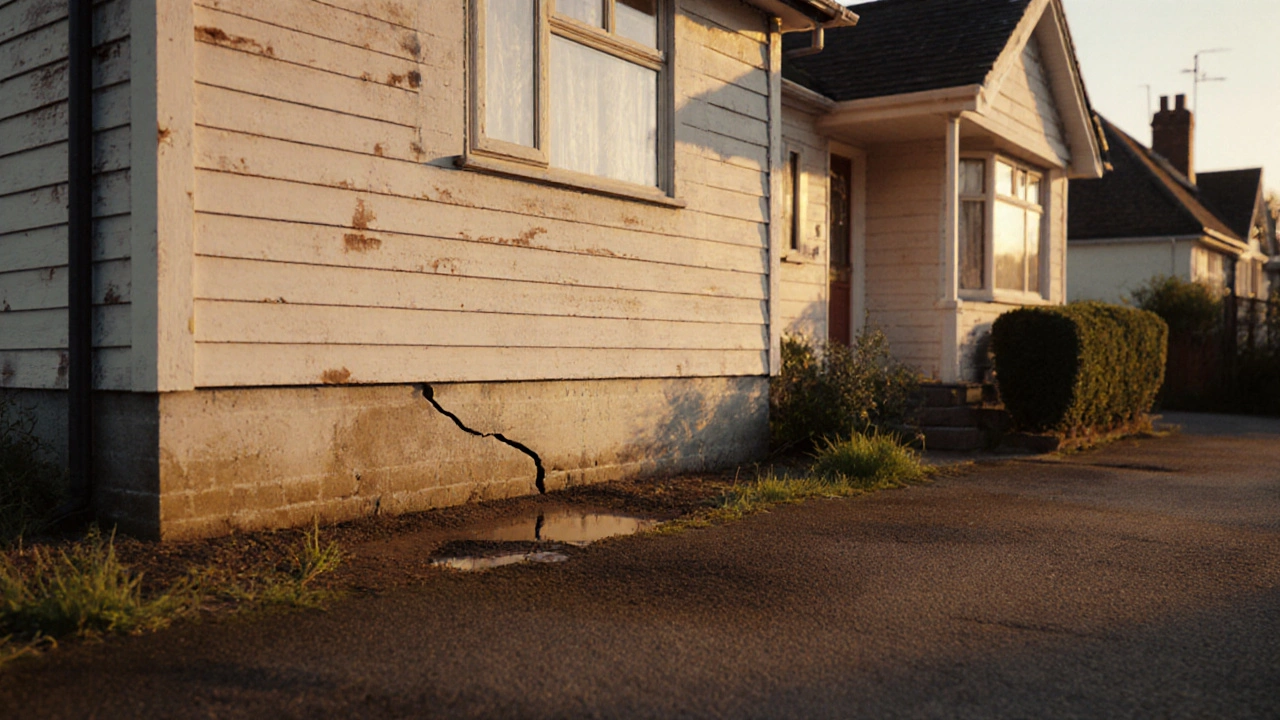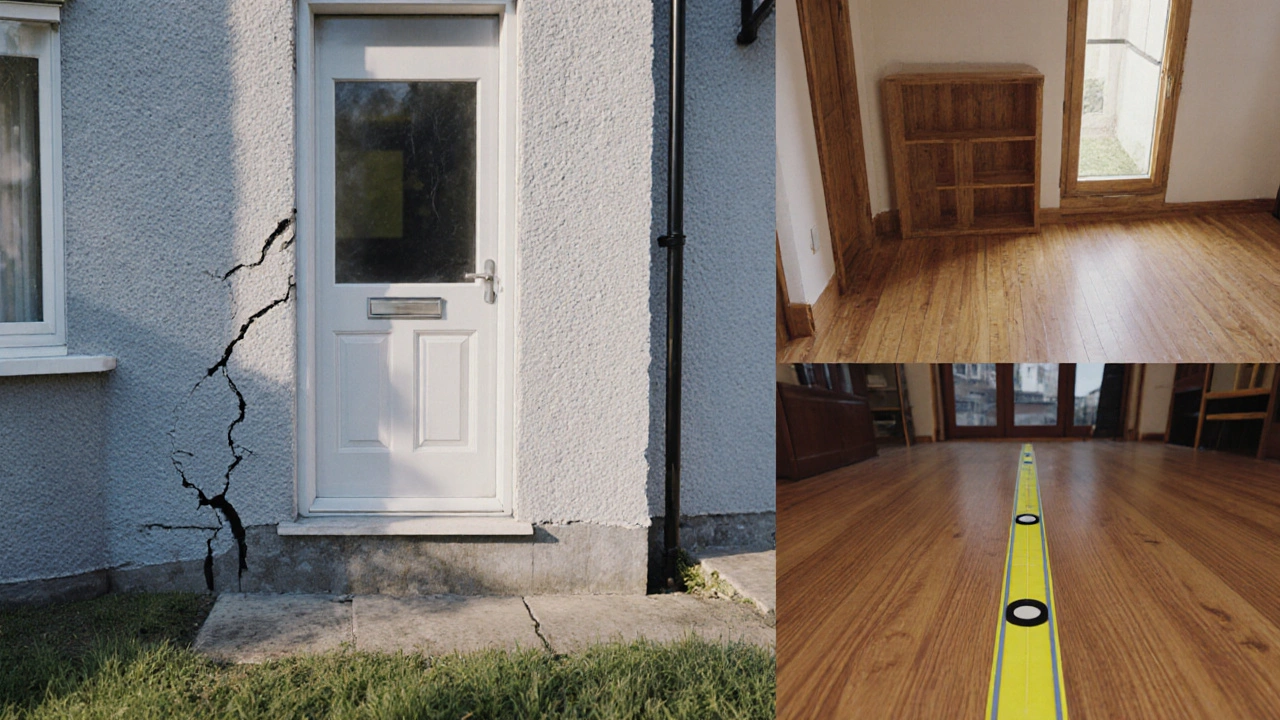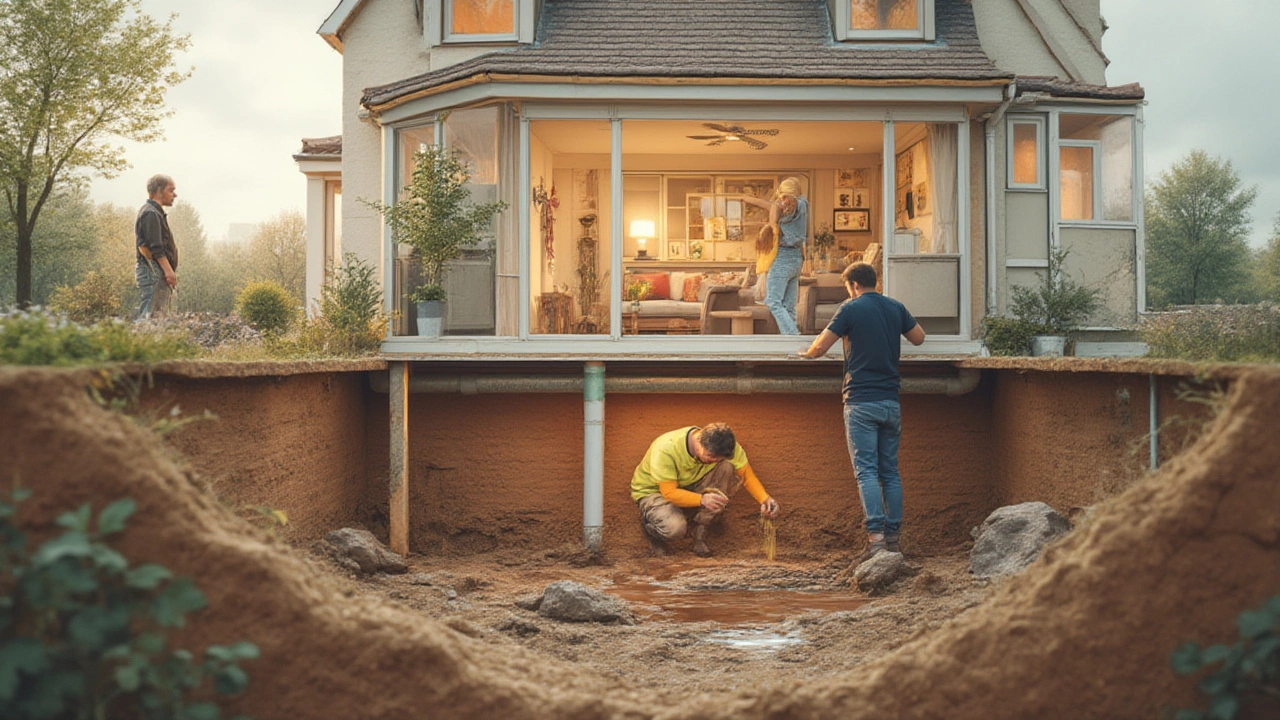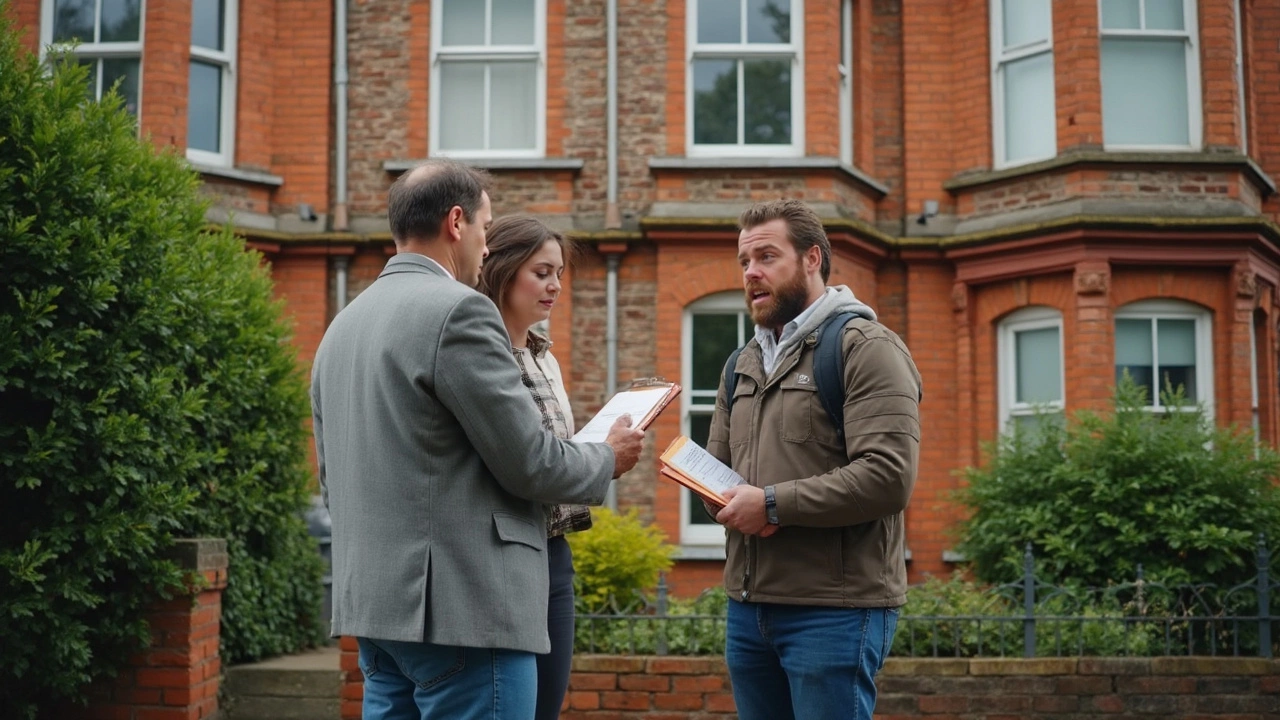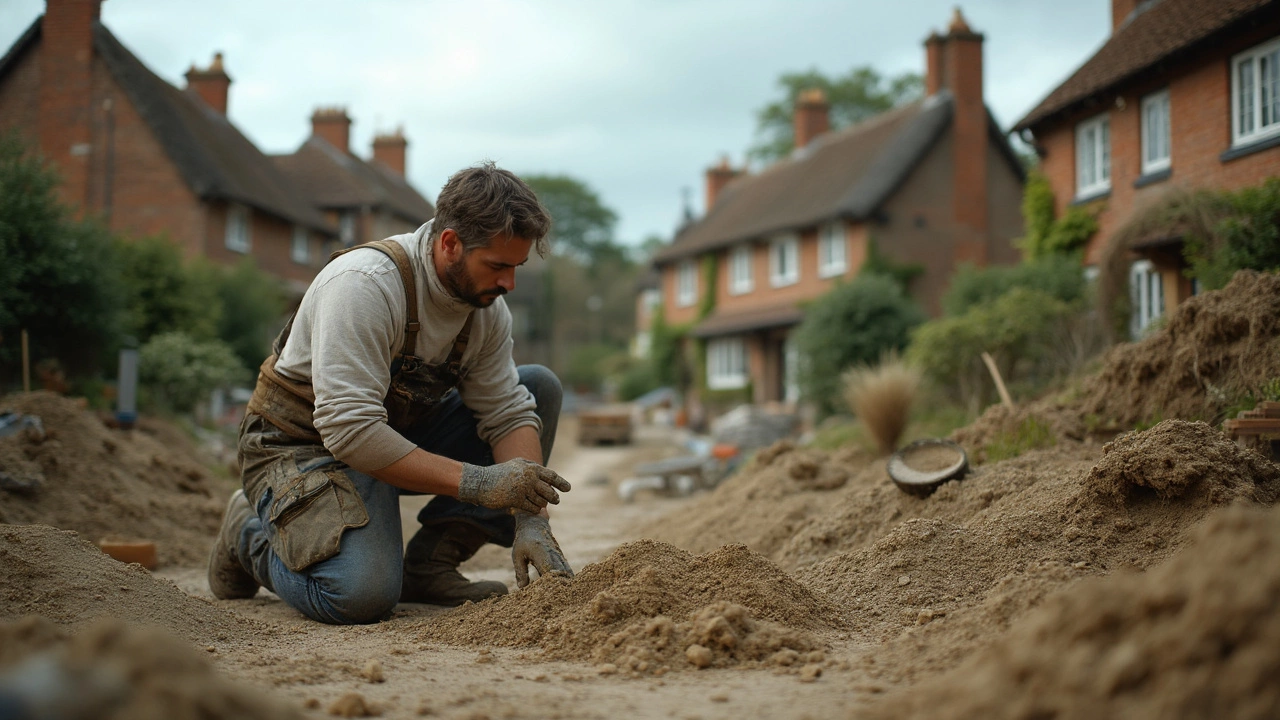Most home insurance policies don't cover sagging floors unless caused by a sudden event like a storm or fire. Learn what actually triggers coverage and how to pay for repairs when insurance says no.
Foundation Repair: What Every Homeowner Should Know
If you notice cracks in walls, doors that stick, or uneven floors, your foundation might be talking. Ignoring those signs can lead to bigger headaches and money loss. This guide breaks down the basics so you can act fast and keep your home safe.
Spotting Problems Early
First thing you can do is walk around the exterior and look for gaps between the foundation and the siding or windows that don’t line up. Inside, check for vertical cracks that are wider than a hairline, especially around doors and windows. Moisture stains on the basement walls are also a red flag – they often mean water is seeping in and weakening the soil support.
Notice a door that won’t close all the way? That’s a classic sign the house is shifting. Even a slight tilt in a picture frame can hint at a deeper issue. The good news is that catching these warning signs early gives you more options and lower repair costs.
Fixing the Issue: Materials, Time, and Money
When it comes to actually repairing the foundation, the right cement matters. For most cracks, a polymer‑modified cement provides extra flexibility and bonds well with existing concrete. If the soil is expansive, a high‑early‑strength cement can help the repair set quickly before the ground moves again.
How long does a repair take? Small hairline cracks can be sealed in a day, while larger structural cracks may need a week or more. The timeline depends on the severity, weather conditions, and the crew’s expertise. Always ask the contractor for a clear schedule before work starts.
Cost is a big concern for most homeowners. A simple crack filler might run a few hundred pounds, but full underpinning or pier installation can climb into the thousands. Getting several quotes and checking what each includes (materials, labor, cleanup) will keep surprises at bay.
Insurance can help, but it’s not a guarantee. Most standard home policies cover sudden water damage, not slow‑grade settlement or wear‑and‑tear. Building insurance sometimes excludes foundation work unless it’s caused by an insured event like a burst pipe. Read your policy’s fine print, and don’t hesitate to call your insurer to ask specific questions.
If you have a broken pipe under the foundation, some policies will cover the pipe repair and the resulting water damage, but they often leave the structural fix to you. Knowing this ahead of time saves time and frustration when you need to file a claim.
When filing a claim, document everything. Take photos of the damage, keep receipts for any emergency repairs, and write down dates. A clear record speeds up the adjuster’s review and improves the odds of a payout.
Prevention is cheaper than cure. Good drainage, proper gutter maintenance, and a solid waterproofing membrane around the basement can stop water from reaching the foundation. Even simple steps like grading the yard away from the house can make a big difference.
Finally, choose a contractor who specializes in foundation work. Look for certifications, read reviews, and ask for references from recent projects. A skilled pro will know the right cement mix, the proper method to inject epoxy, and how to monitor the repair over time.
Fixing a foundation isn’t glamorous, but it’s essential for protecting your home’s value and safety. By spotting the signs early, picking the right materials, understanding insurance limits, and budgeting wisely, you can handle the problem without losing sleep.
Horizontal foundation cracks signal serious structural pressure. Repair costs range from $300 for epoxy to $15,000+ for drainage and wall reinforcement. Learn what causes them, how they're fixed, and how to avoid costly mistakes.
Learn when watering a house foundation helps or harms, how to monitor soil moisture, and better alternatives to prevent foundation cracks.
Learn if a foundation can truly be unfixable, spot warning signs, understand causes, and explore repair vs. rebuild options for your home.
Older homes often face foundation issues due to soil, construction methods, and moisture. Learn how to spot, assess, repair, and prevent these problems with practical tips.
Learn how to identify, diagnose, and fix major foundation issues. Get clear signs, causes, repair options, and a maintenance checklist to protect your home.
Find out if your homeowners insurance covers broken pipes under your foundation, learn the facts, expert tips, and what to do if disaster strikes.
Curious about what building insurance skips when it comes to your home’s foundation? This article lays out the common exclusions most homeowners miss and explains why foundation repairs often leave you out of pocket. Get straight answers and practical tips to avoid surprises when problems show up under your home. Learn what really matters so you aren’t caught off guard. Stay one step ahead and protect your investment.
Thinking about fixing your home's foundation? Foundation repairs can seem pricey, but ignoring them could cost you way more down the line. This article tackles whether these repairs are worth the investment, when they make sense, and what happens if you skip them. Get helpful tips, interesting facts, and real reasons homeowners decide to repair or hold off. No fluff—just straight talk about your home's safety, value, and peace of mind.
Wondering if your homeowners insurance covers structural damage like foundation problems? This article breaks down when insurance might help with costly repairs, what kinds of damage are usually excluded, and the tricky process of filing a claim. Get real-world examples, must-know tips, and straightforward advice to help you avoid expensive surprises. If you're staring at cracks in your walls or floors, this guide tells you what to do next. Protect your house—and your wallet—by understanding your policy's fine print.
Wondering if your house insurance covers foundation problems? This article breaks down what insurance actually protects when your home's foundation takes a hit, what it usually excludes, and the sneaky scenarios that might surprise you. We’ll show you the biggest misconceptions, offer tips to spot trouble before it gets expensive, and share advice for arguing your case with an insurer. By the end, you'll know exactly what to expect if cracks show up in your home—and what to do next.
When it comes to repairing a foundation, choosing the right cement is crucial. Different types of cement can address various foundation issues, offering solutions suited to specific needs. Weather conditions, existing damage, and the type of foundation all play a role in determining the best cement for the job. Make informed choices by learning about the types and uses of different cements, ensuring a safe and stable foundation.
